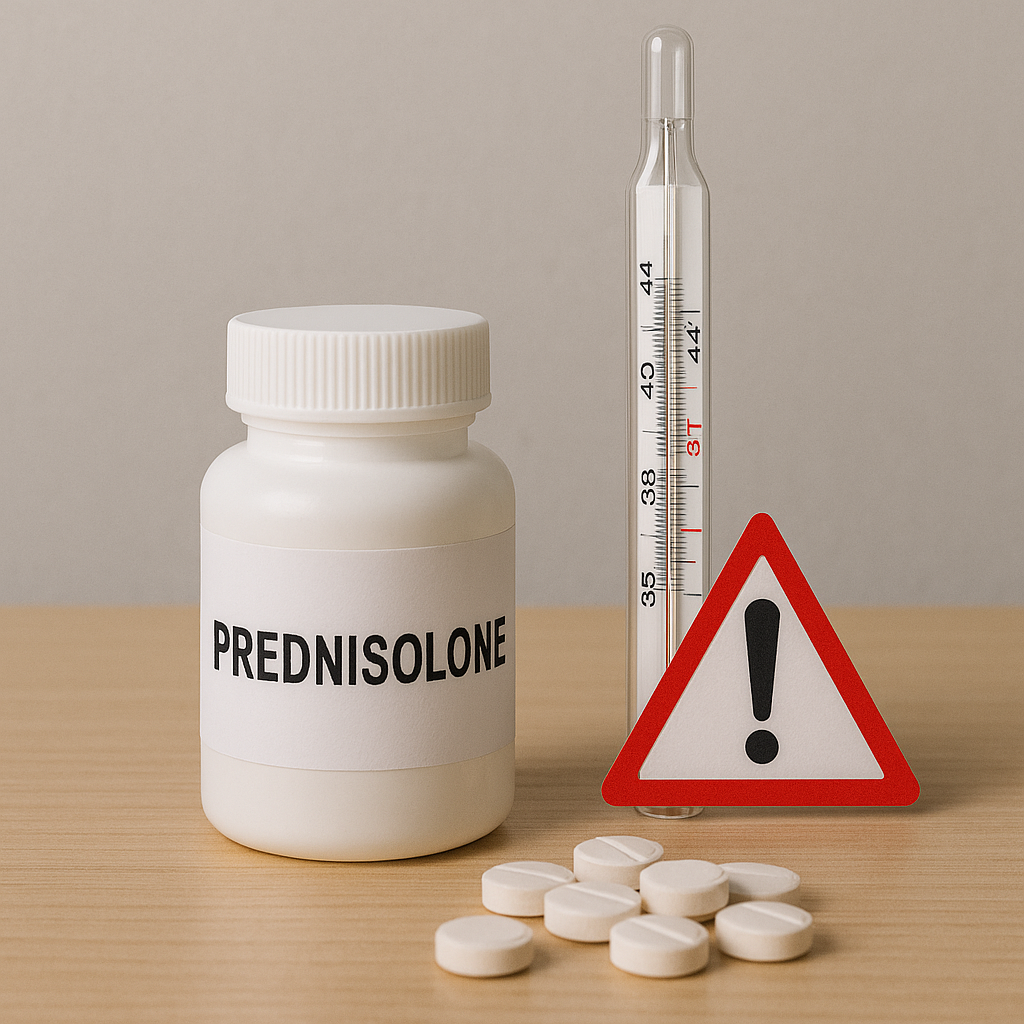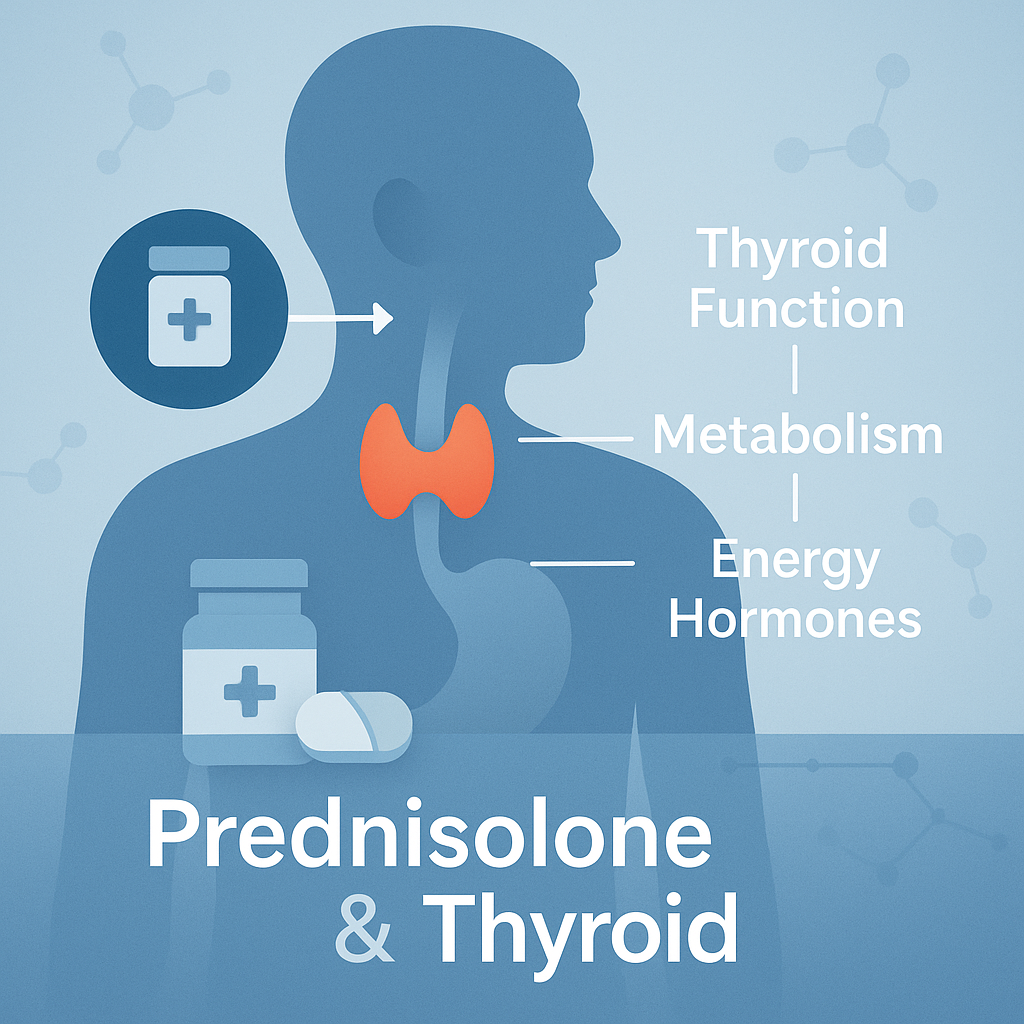Prednisolone can be a lifesaver for many conditions — but if taken in high doses or for too long, it can become harmful. That’s where prednisolone toxicity becomes a serious concern.
💊 What Is Prednisolone Toxicity?
Toxicity refers to harmful effects from long-term or high-dose use. It may develop gradually through accumulation or poor tapering.
🚨 Signs and Symptoms
Physical:
- Weight gain
- Facial swelling (“moon face”)
- Muscle weakness
- Thinning skin and stretch marks
- Slow wound healing
Metabolic:
- High blood sugar (steroid-induced diabetes)
- High blood pressure
- Fluid retention
- Electrolyte imbalances
Hormonal & Neurological:
- Adrenal suppression
- Mood swings or depression
- Insomnia
- Memory issues
Immune:
- Increased risk of infection
- Slow recovery from illness
⛔ When to Get Help Immediately
- Sudden confusion or severe agitation
- Fever or signs of infection
- Vision changes
- Extreme weakness or adrenal crisis symptoms
🧠 Long-Term Risks
- Osteoporosis and fractures
- Glaucoma or cataracts
- Heart disease
- Adrenal failure
✅ How to Prevent It
- Use the lowest effective dose
- Taper gradually
- Monitor blood sugar, pressure, and weight
- Support bone health with supplements
- Regular checkups during long-term use
🧾 Final Thought
Prednisolone can heal — but unmanaged, it can also harm. Know the signs of toxicity, stay in close contact with your doctor, and protect your health while getting the relief you need.





